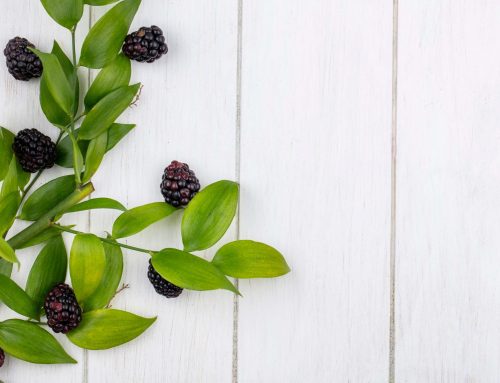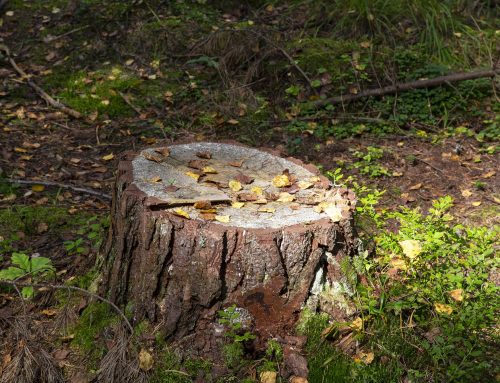Selective pruning is a fundamental practice in landscaping that plays a crucial role in the health and development of young trees. For properties managed by Cutters Edge, including those with Live Oaks, Bald Cypress, and Magnolias, understanding and implementing effective pruning techniques is key to ensuring long-term success.
What is Selective Pruning?
Selective pruning involves carefully choosing which branches to remove to enhance the tree’s structure and overall health. Unlike severe pruning, which can be detrimental, selective pruning focuses on removing only those branches that are damaged, diseased, or poorly positioned. This approach encourages healthy growth and helps shape the tree for future development.
Benefits for Young Trees
Young trees, like Live Oaks, Bald Cypress, and Magnolias, benefit greatly from selective pruning. This practice promotes strong, balanced growth by removing competing branches and improving air circulation within the canopy. For example, Live Oaks benefit from selective pruning to develop a well-structured canopy that can support their expansive growth. Bald Cypress trees, often found in wetter areas, require pruning to ensure their unique foliage develops correctly. Magnolias, with their large, attractive leaves, need careful pruning to maintain their shape and prevent overcrowding.
Pruning Techniques
- Removing Competing Leaders: For many young trees, especially Oaks, it’s important to remove competing leaders—branches that vie for dominance with the main trunk. This helps ensure a single, dominant leader that will develop into a strong, central trunk.
- Thinning Out: Removing some inner branches to reduce density helps improve light penetration and air circulation. This is particularly important for species like the Bald Cypress, which thrives in environments with adequate airflow.
- Correcting Structural Issues: Pruning can address structural issues early on, such as crossing branches or weak angles, which can lead to problems as the tree matures. For Magnolias, ensuring that the central leader remains dominant and removing any crossing branches helps maintain a healthy, attractive shape.
Regular Maintenance
In addition to selective pruning, regular maintenance is essential for young trees. This includes monitoring for pests, diseases, and other factors that may affect their health. At Cutters Edge, we emphasize the importance of ongoing care to support the trees as they grow and develop.
Looking Ahead
By implementing selective pruning practices, you set young trees on the path to success, ensuring they grow into healthy, robust specimens. For commercial properties and HOAs, well-maintained trees enhance the landscape’s beauty and contribute to a welcoming environment.
In summary, selective pruning is a crucial aspect of young tree care. By focusing on careful, targeted pruning techniques, you can promote healthy growth and ensure that your trees thrive for years to come.





